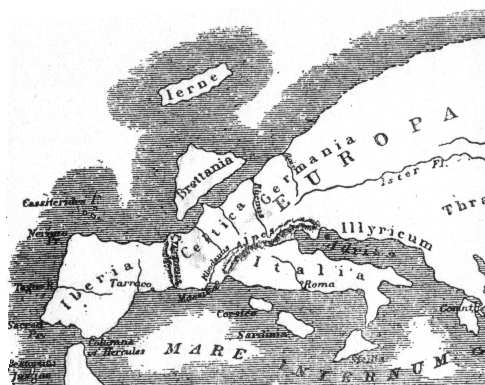When one talks of Australasia or North America or Britain, it can be easy to forget that this includes respectively New Zealand or Canada and Mexico or Wales and Scotland as well as the larger neighbour.
And then there is Portgual.
On the east side of the Atlantic, the land comprising modern-day Spain and Portugal was called “Iberia” in Strabo’s Geographica, first published just before the birth of Christ. The expression Iberian peninsula remains in common use.
While geographers were using “Iberia”, politicians were using “Hispania” as the collective for the provinces. One, Hispania Lusitania, is roughly the Portugal of today.
The voyage from the word “Hispania” as a geopolitical description to the word “Spain” as a nation state is a complex affair. One port along the way was 1 December 1640, when the Iberian Union, the 59-year personal union of the crowns of Spain and Portugal ended.
Which makes things rather difficult when we reach the east side of the Atlantic, especially with the southern continent, where Brazil is a result of Portuguese colonisation, and the other nations, as well as that part of the northern continent we call Mexico, were a result of Spanish colonisation.
For example, what does “Hispanic America” mean? Does it mean the countries formerly colonised by Spain? Or does it include Brazil? The current consensus is the former. Interestingly, the Organization of Ibero-American States started life as – in English translation – the Office of Latin American Education.
For its part, Brazil was never “decolonized”, either by the violent revolution of the American colonies or by the peaceful votes of the Australian colonies. Instead, the end of the Napoleonic Wars saw the creation of a United Kingdom which included Portugal and Brazil as equals. It only lasted a few years and on 1 December 1822 Dom Pedro I was crowned the first Emperor of Brazil, an independent nation soon recognized by Portugal.
